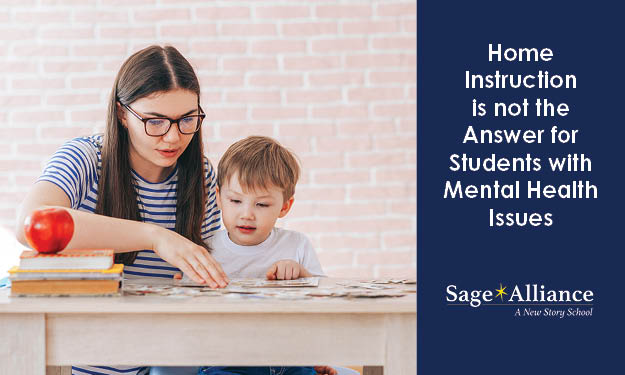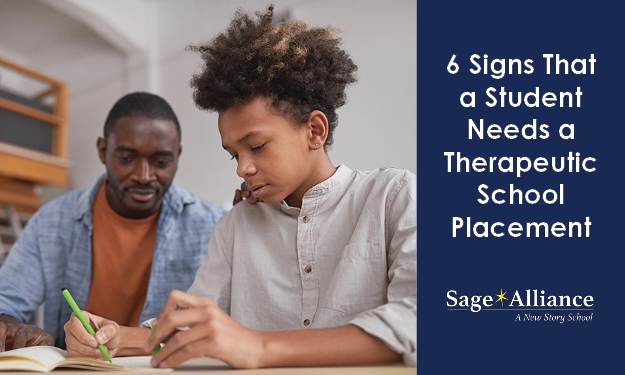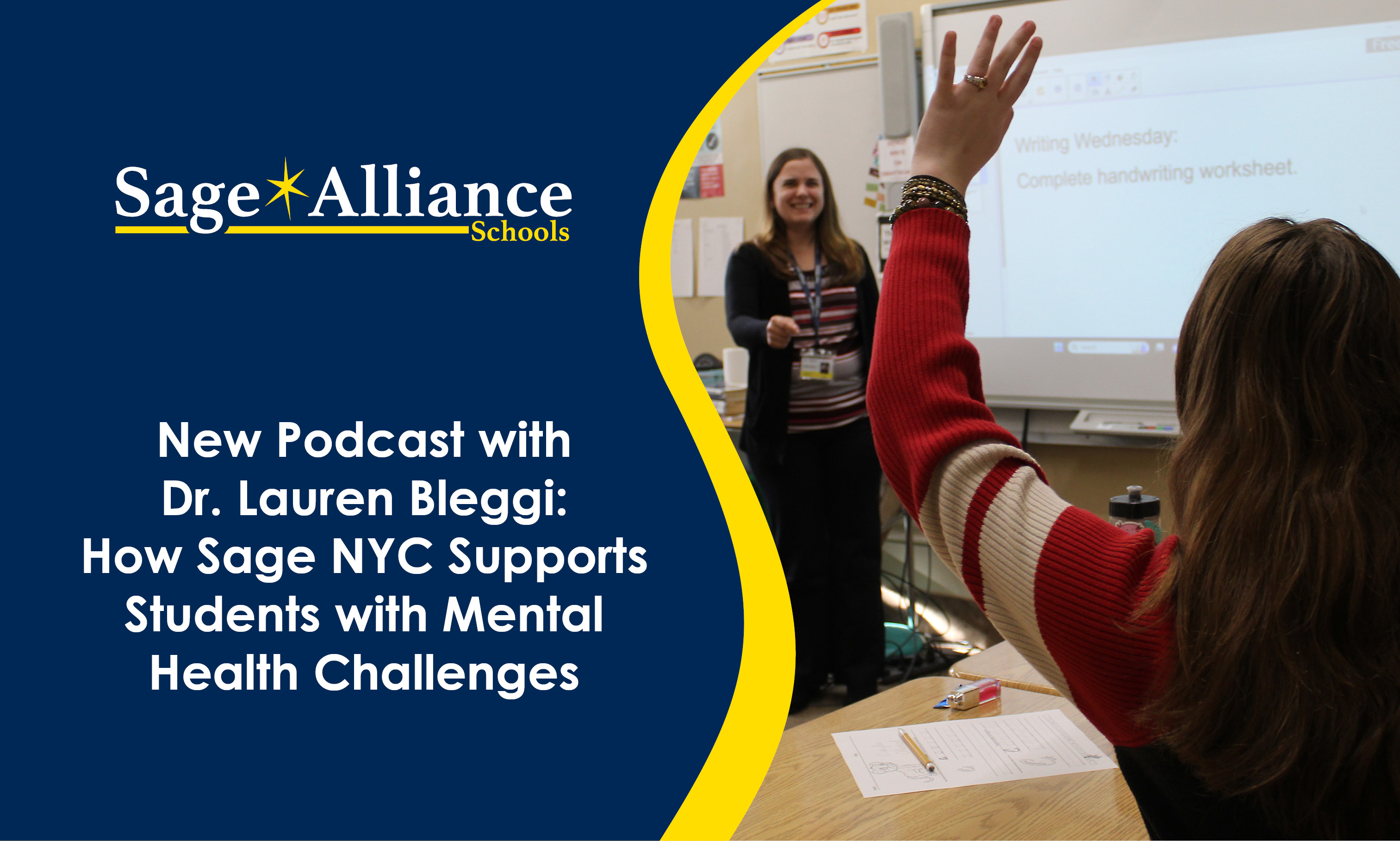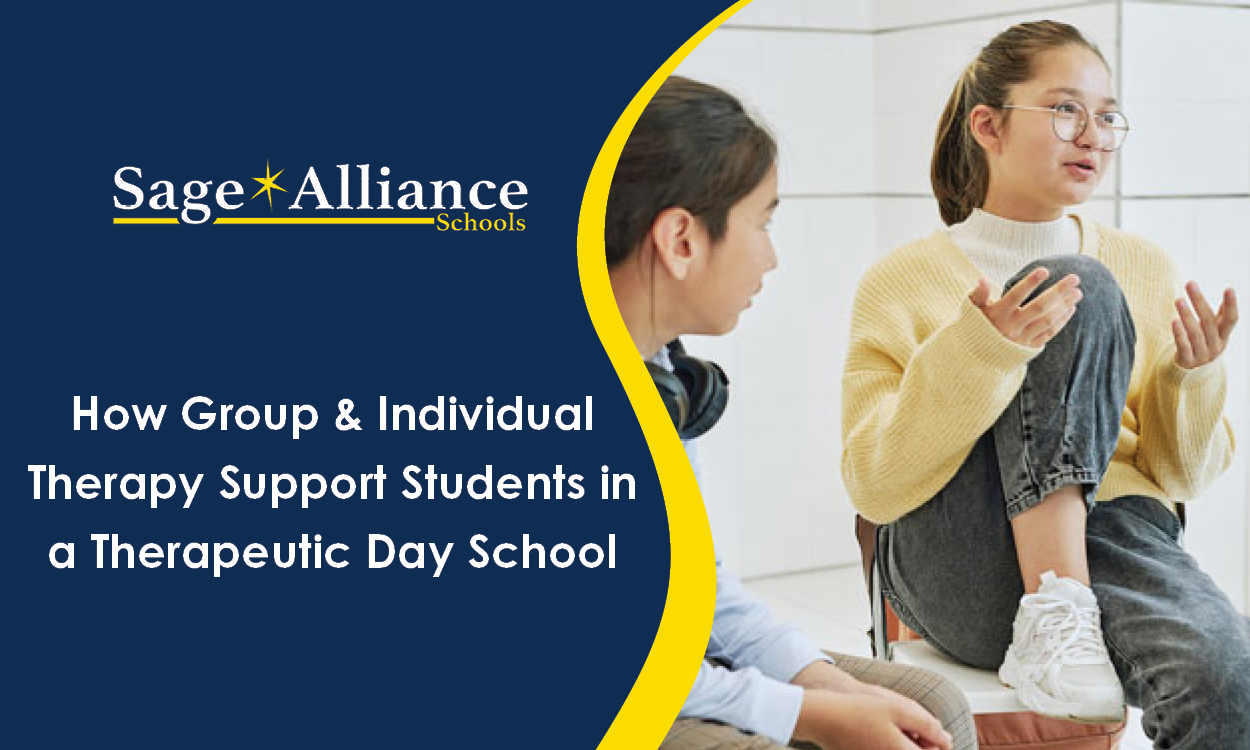Strategies for Teachers Dealing with Anxiety in the Classroom
Posted: November 22, 2019 | Written By: | Category: Emotional Health
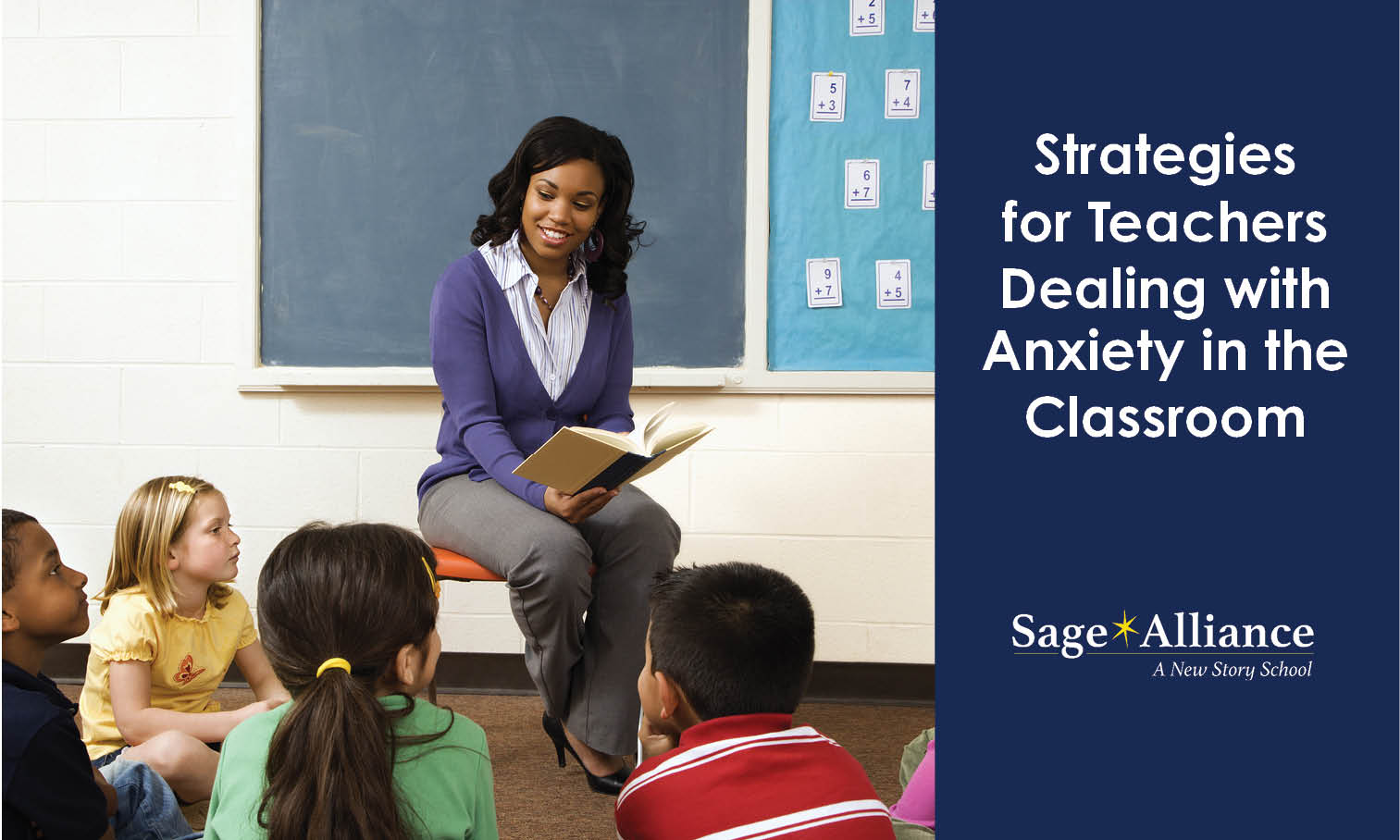
Anxiety is defined as a feeling or worry, nervousness, or unease, typically about an imminent event or something with an uncertain outcome. Anxiety is something we all experience, but some people, including adolescents and children, may have higher levels than others. Anxiety isn’t always obvious or easily detectable, but if you know what to look for, you may be able to notice early warning signs. With the proper tools and strategies, students with anxiety can be just as successful as those who do not have anxiety. Below are some strategies that can be implemented into the classroom to help you and your students have a better classroom experience.
1. Provide Emotional Support
If you notice your student is showing warning signs of anxiety, such as rocking in their chair, check in with them when there is not an audience present. You don’t want to call out their behavior in front of an entire class because that might heighten their anxiety. Instead, you should have a one-on-one conversation with them and offer them opportunities to relieve their anxiety such as going for a walk, drawing in a journal, or getting a drink of water.
2. Model and Talk about Things You Want to See
It is important to focus on the behaviors you want to see and phrase things positively in the classroom when addressing behavioral issues. The human brain contains neurons called mirror neurons that cause a person to picture what is suggested to them. Therefore, if you said, “walk in the classroom” instead of “do not run in the classroom,” the student would picture his or herself walking instead of running. This can be effective in controlling behavior in your classroom.
3. Treat the Classroom as a Community
It is important to proactively set up your classroom for success based on the needs of your students. Having a designated classroom setup, schedules, and routines can help those with heightened levels of anxiety, whether diagnosed or not. Some ways to set your classroom up for success is to set clear expectations, have a designated “calming corner” for anxiety attacks, or requiring students to have a journal for their thoughts. It is important to create an environment where the students feel comfortable expressing their feelings, which may mean avoiding sarcastic remarks or negative discipline/punishment. Creating an atmosphere where the students feel safe may help prevent anxiety attacks from occurring in the future.
4. Additional Strategies
Below are some additional strategies that students can use to ease their anxiety. These strategies can be effective for them throughout their childhood, adolescence, and into adulthood.
• Using fidget cubes
• Using grounding techniques, such as naming the colors of objects around them
• Giving them the option to call their family
• Breathing techniques
Want to be notified of new articles and resources from Sage Alliance? Click here to submit your email and opt into our newsletter.


